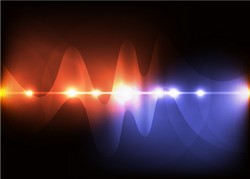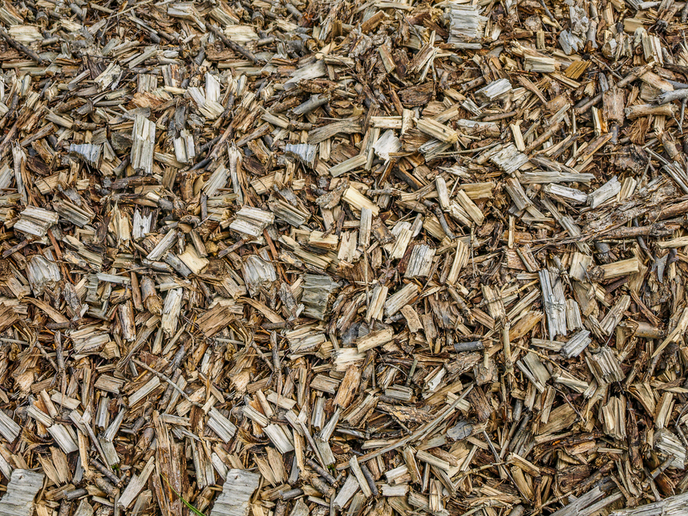Laser pulses with the shortest possible duration
Ultrashort laser pulses are necessary for recording chemical reactions in real time. In biophysics, the shortest possible duration is required to reach intensities high enough to enter previously inaccessible regimes of extreme non-linear optics. In addition, fs pulses allow precise medical treatments without damaging neighbouring cells. However, generating few-cycle pulses in visible and near-infrared (IR) regimes relies today on complicated set-ups. These typically consist of a non-collinear optical parametric amplifier pumped by high-energy fs pulses from a titanium:sapphire regenerative laser amplifier. EU-funded scientists proposed instead a significantly simpler method. The method that scientists investigated within the COPULCO (Cascaded optical pulse compressor) project relied on soliton compression. Specifically, longer pulses are compressed through the unique properties of higher-order solitons in a single piece of non-linear material. This is called cascaded quadratic soliton compression. COPULCO members worked on cascaded quadratic soliton compressions in quadratic non-linear waveguides. These waveguides are well known not only for their inherent non-linear properties but also for providing excellent guidance to laser light beams. Light was guided inside the waveguide to suppress the effects of spatial diffractions and increase the laser pulses' intensity. The solitons were generated through a cascaded phase-mismatched process. The inherent material self-focusing non-linearities could be overcome over a wide range of wavelengths and self-defocusing solitons supported from 1 100 to 1 900 nm. Scientists also observed self-compressed solitons with fs nanojoule laser pulses. Essentially, COPULCO work deepened the current understanding of soliton spectral tunnelling and how non-linear phenomena can be used to modify conversion regimes. Extreme dispersion engineering in non-linear materials was shown to extend the dispersion range towards longer wavelengths, and even an all-normal dispersion profile was achieved. COPULCO results suggest that cascaded quadratic soliton compression can be extended to near- and mid-IR radiation wavelengths. Furthermore, the technique works with robust, cheap IR pump lasers generating pulses of fs duration.







